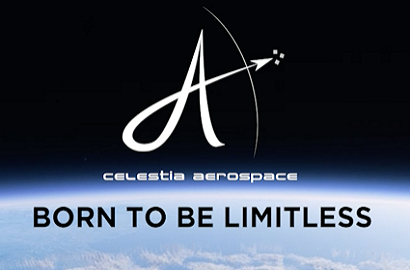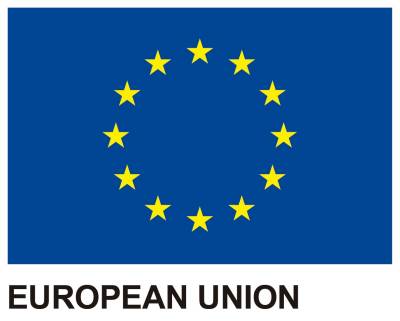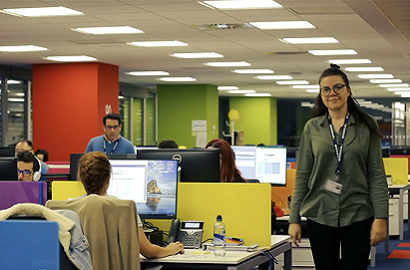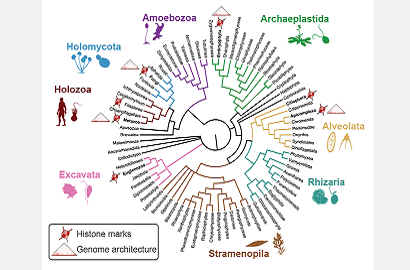Invema invests in orbital solutions company Celestia Aerospace

100 million euro investment round to boost a nanosatellite production centre
Celestia Aerospace, based in Barcelona, has closed a 100 million euro investment round with London-based multinational group Invema Ltd, which has expressed interest in its solutions for developing, launching and operating nanosatellites. The Catalan company's goal is to set up a nanosatellite production centre to create constellations which support various applications, such as earth observation and secure communications.
The nanosatellites produced at the future Celestia facilities will weigh between one and ten kilos, and will have a reduced cubic shape, starting with a ten-centimetre edge cube. The plant will operate by adapting lean manufacturing concepts that are common in the automotive industry, and will be capable of producing up to 100 units per year.
A complete service
The Spanish company is committed to participating in the entire value chain and life cycle of the nanosatellites, a comprehensive service hitherto unheard of in the aerospace industry. It will therefore offer a 360º turnkey service, from designing and manufacturing to launching and operating the units.
To achieve this end, and in addition to the production centre, it will also set up a launcher development centre and a dedicated operations centre for its Sagittarius launch system. This system is a pioneer of its kind, as it is dedicated exclusively to launching nanosatellites into orbit. Its service will also be open to devices developed by third parties. All the facilities will be located on Spanish territory.
Airborne platform
The Sagittarius Airborne Launch System (SALS) consists of an airborne platform that can reach orbits of up to 600 kilometres in altitude. It consists of two components: firstly, the Archer, a supersonic jet similar to the MiG-29UB two-seat fighter and, secondly, the Space Arrow, a solid-fuel rocket that can carry up to 16 kilos of payload.
When it starts to operate flights in the last quarter of this year, Celestia's Archer will be able to shoot two arrows in each flight, with a maximum weight of 32 kilos in the operation. The maximum waiting time between launches will be one week, greatly speeding up lead times that currently keep nanosatellites on a waiting list of one to two years before they reach space.
Young talent
Unlike current launches, which complement other missions as secondary payloads, Celestia's Archer will take off with the sole mission of launching these small devices into orbit. In addition, the company will flexibly adapt to the needs of its customers in order to delay or bring launches forward.
Celestia's workforce will be increased for this project with the addition of 80 professionals, including scientists, engineers, technicians and pilots. Its five-year expansion plan prioritises recruitment of young graduates and others from vocational training programmes, who will join experienced teams where they will complete their training.
The future Celestia Aerospace Foundation will at the same time start its activity to promote education and science in society, with a special focus on young people.
Photo and video: Celestia Aerospace




